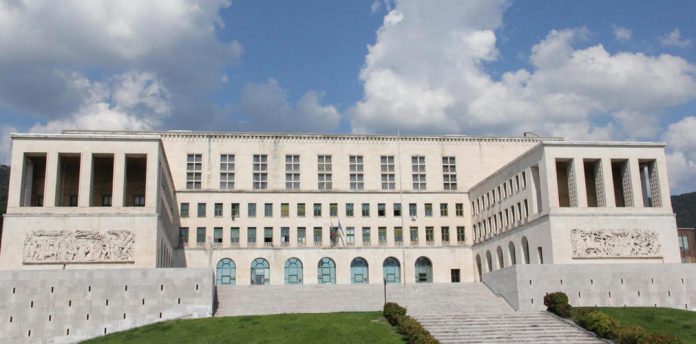by InTrieste
A study conducted by the University of Trieste and published in the journal Climate of the Past opens new perspectives on the use of climate models.
Global warming in the Alps is proceeding at almost double the speed of the global average: a process with very impactful consequences which finds a precedent in the opposite direction in the last glaciation.
The study conducted by the University of Trieste just published in the international journal “Climate of the Past” entitled “Atmosphere–cryosphere interactions during the last phase of the Last Glacial Maximum in the European Alps” has estimated that between 26 thousand and 21 thousand years The climate of the Alps has recorded cooling values almost double compared to the global scale. The equation used to reconstruct the paleoclimate – that is, the climate of geological and historical periods preceding the development of instruments for measuring climate components and atmospheric weather – in this area also works in the opposite direction and offers useful indications regarding the future.
Conducted by Costanza Del Gobbo, holder of the Global and Regional Climate Change course at the University of Trieste and research fellow at the Institute of Polar Sciences of the CNR, the study required 4 years of work and was financed by the International Center for Theoretical Physics and was supervised by the Nobel Prize winner Filippo Giorgi (ICTP), by Renato R. Colucci, researcher at the ISP-CNR and professor of Glaciology at the University of Trieste and by Giovanni Monegato, researcher at the Institute of Geosciences of the CNR.
During the Last Glacial Maximum (LGM) which occurred in the Alps between 26 thousand and 21 thousand years ago, the glaciers pushed into the foothill plains and are still identifiable today thanks to the large, well-preserved frontal moraines, for example those of the Tagliamento north of Udine, of Garda north of Verona or in the Ivrea-Verbano area in Piedmont.
Glaciers are strongly controlled by temperature and precipitation and therefore are excellent indicators of climate change. This work used a regional climate model (RCM) developed by the ICTP grafted onto the paleoclimatic model of the Max Planck Institute (Germany), which allowed us to study some of the physical processes that supported the Alpine glaciers 21 thousand years ago.
In particular, the work was able to reconstruct the glacial equilibrium line (ELA) during the LGM, comparing it with that of pre-industrial levels, i.e. at the beginning of the 1800s.
The results of this work managed, for the first time, to find excellent coherence with the geomorphological and geological evidence on the ground, where instead previous models had large errors in various Alpine sectors due to incorrect estimates related to precipitation.
The results show how the climate of the Alps was on average 6.8°C colder than pre-industrial levels (therefore about 9°C colder than today) and in particular in the eastern sectors. Annual rainfall was about 15% lower.
The season that underwent the most significant changes was summer with a decrease of 7.3°C compared to pre-industrial levels, i.e. almost 10°C less than current summers. These conditions allowed recurring snowfalls around 1000 meters above sea level in midsummer, and sometimes even at lower altitudes, while the plains of Northern Italy were covered in snow from November to May.
The distribution of precipitation was very different compared to today, with summer being the rainiest season (particularly in the northern Alpine sector), while winter was probably very cold and dry due to the influence of a large area of high pressure extended from Scandinavia, where there was an ice cap similar to that of present-day Greenland, to Siberia. Only in the southern sector of the Alps was rainfall frequent even during the winter, mainly snowy up to the plains.
This study has opened new perspectives on the use of regional climate models for the study of past climates, as these models can offer spatial detail that allows us to better understand the climate indicators detected in the field, especially in areas, such as the Alpine one, characterized with very complex morphologies.





























